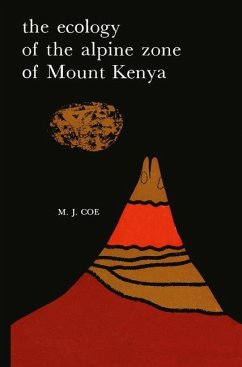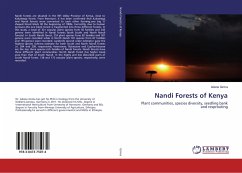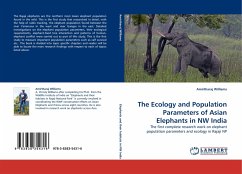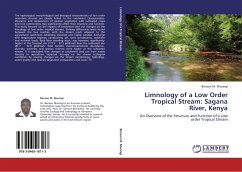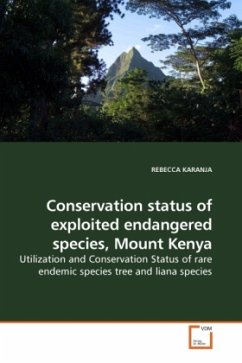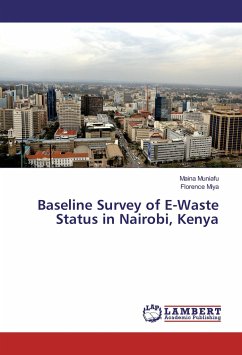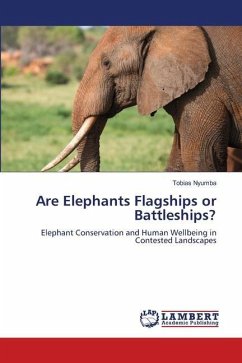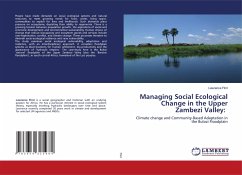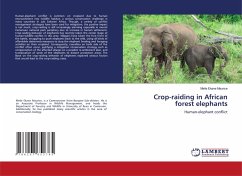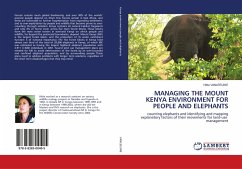
MANAGING THE MOUNT KENYA ENVIRONMENT FOR PEOPLE AND ELEPHANTS
counting elephants and identifying and mapping explanatory factors of their movements for land-use management
Versandkostenfrei!
Versandfertig in 6-10 Tagen
52,99 €
inkl. MwSt.

PAYBACK Punkte
26 °P sammeln!
Forests contain much global biodiversity, and over 90% of the worlds' poorest people depend on them. Few forests remain in East Africa, and these are vulnerable to further fragmentation from expanding settlement, and to over-exploitation by people and wildlife that become prone to over-crowding through isolation. Kenya contains 26 natural habitat fragments and only 3% of forest cover across five main forest blocks. These blocks form the main water towers in semi-arid Kenya on which people and wildlife, far beyond the protected boundaries, depend. Mount Kenya (MK) is the largest forest block, a...
Forests contain much global biodiversity, and over 90% of the worlds' poorest people depend on them. Few forests remain in East Africa, and these are vulnerable to further fragmentation from expanding settlement, and to over-exploitation by people and wildlife that become prone to over-crowding through isolation. Kenya contains 26 natural habitat fragments and only 3% of forest cover across five main forest blocks. These blocks form the main water towers in semi-arid Kenya on which people and wildlife, far beyond the protected boundaries, depend. Mount Kenya (MK) is the largest forest block, and the protection of its water catchment function is of national importance. The five forest blocks in Kenya hold almost one third of the total of 28,806 elephants in Kenya, of which MK was estimated as having the largest highland elephant population with 2,911 (±640) individuals in 2001. Sound land use management plans are needed for MK to avoid deterioration of the forest by an over-crowded and confined elephant population, and by surrounding people. These plans need to address problems with longer term solutions, regardless of the short term disadvantages that they may entail.



